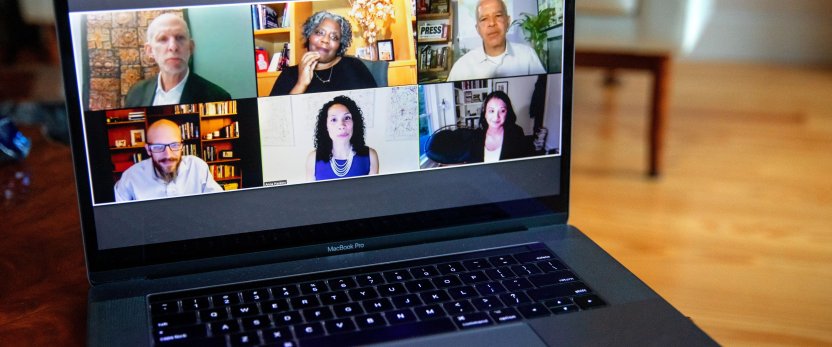Academic Collaboration
Are you thinking about launching an international academic collaboration—or formalizing an existing partnership?
You have a number of options if you and one or more international peers are working together (as opposed to one of the parties earning revenue from the relationship). Some types of collaborations do not require formal written agreements. If you think your academic collaboration may require a legally binding agreement, please talk with your unit’s designated contract administrator.
International Agreements
Academic units at Cornell can collaborate on international activities, programs, or projects with institutions of higher education or other organizations in a variety of ways. Most successful institutional partnerships rely on long-term commitment from faculty and their international counterparts.
Below are a few types of agreements that are commonly explored by units and must be initiated through your unit's contract administrator. Contract administrators have access to Cornell's agreement templates and will work to ensure your agreement is reviewed by the Office of General Counsel, and others, as necessary.
- Letters of intent or Memorandum of Understanding (MOUs) supporting global initiatives and partnerships
- Memorandum of agreement (MOAs) supporting global initiatives and partnerships
- Joint centers or research agreements that are not part of a sponsored project or program
- Fee-based international academic services contracts that are not part of a sponsored project or gift
- Student and faculty exchange agreements
- Study abroad program provider or service provider agreements
- International dual degree and dual certificate program agreements
Please talk with your unit’s designated contract administrator if you are interested in exploring any of these types of agreements.
Resources
Cornell's Active MOA Collaborations
(Cornell login required)
Sample MOA Template
(Cornell login required)





